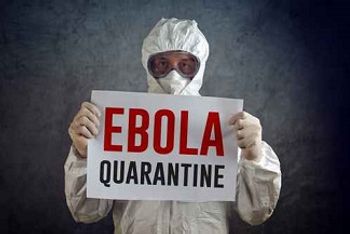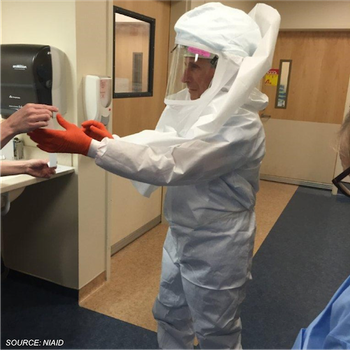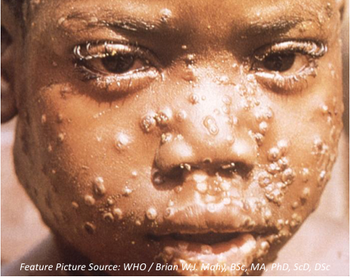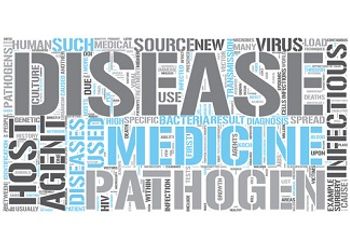
Vaccine-preventable disease outbreaks are on the rise and social media has a responsibility to help rein it in

Saskia v. Popescu, PhD, MPH, MA, CIC, is a hospital epidemiologist and infection preventionist. During her work as an infection preventionist, she performed surveillance for infectious diseases, preparedness, and Ebola-response practices. She holds a doctorate in Biodefense from George Mason University where her research focuses on the role of infection prevention in facilitating global health security efforts. She is certified in Infection Control and has worked in both pediatric and adult acute care facilities.

Vaccine-preventable disease outbreaks are on the rise and social media has a responsibility to help rein it in

State health care-associated infection reporting laws are critical for surveillance, but are they bogging down infection prevention programs?

Are we ignoring non-C diff infected rooms and promoting contamination?

As outpatient medical care becomes more common, are we forgetting the role of infection control?

As political and economic turmoil envelop the nation, crumbling health care infrastructure has reintroduced vaccine-preventable diseases and providers have limited resources to treat the infections.

Lessons from the frontlines of post-hurricane public health response

Japanese researchers find a concerning resistance to a new antiviral flu medication.

The US Preventive Services Task Force evaluated existing recommendations and reaffirmed that newborns should receive ocular antibiotic ointment at birth to prevent gonococcal ophthalmia neonatorum.

A new analysis sheds light on what is needed to hit this benchmark.

Are surgical pens giving insight into unknown contamination in the OR?

Applying hospital-based outbreak tools helped researchers identify a community MRSA outbreak

A new survey highlights that treatment of patients with Staphylococcus aureus bacteremia varies among infectious disease physicians.

A new report shows improvement in some areas but a vast gap in US health care readiness still exists.

The results of a new study on drug repurposing indicate that the process may bring new hope in the battle against infectious diseases.

Understanding the spiral of usage and resistance might help us stop prescribing practices that fuel AMR.

An unlikely, but important infectious disease threat to consider in 2019.

A new study points to the importance of refugee health.

SHEA released new guidance to help increase infection control in the operating room.

Are we ignoring the role of dialysis drains in preventing resistant-organism transmission?

A new study sheds light on sources of Staphylococcus aureus transmission in the operating room.

Saskia Popescu provides an inside look at the course, which focuses on training people on the PPE used for patients with Ebola or other highly infectious diseases.

Are we investing in infection prevention programs like we should or are competing interests pulling resources?

This often-ignored zoonotic disease may be a rising problem around the world.

A study in bat social dynamics provides a helpful reminder on infectious disease dynamics.

A new study finds that despite CDC standards, stethoscopes aren't being disinfected.

A new study evaluated the use of red boxes in patient rooms to help encourage patient care while in isolation.

The latest report from WHO highlights trends in antimicrobial consumption and use across the world, underscoring the need for international antimicrobial stewardship programs.

Saskia Popescu, MPH, MA, CIC, reports from the 5th Ministerial Meeting of the Global Health Security Agenda.

A new study sheds light onto showerheads as a source for mycobacterial infections.

Chlorhexidine gluconate bathing plays a large role in infection prevention practices and patient buy-in is an important aspect of ensuring compliance.